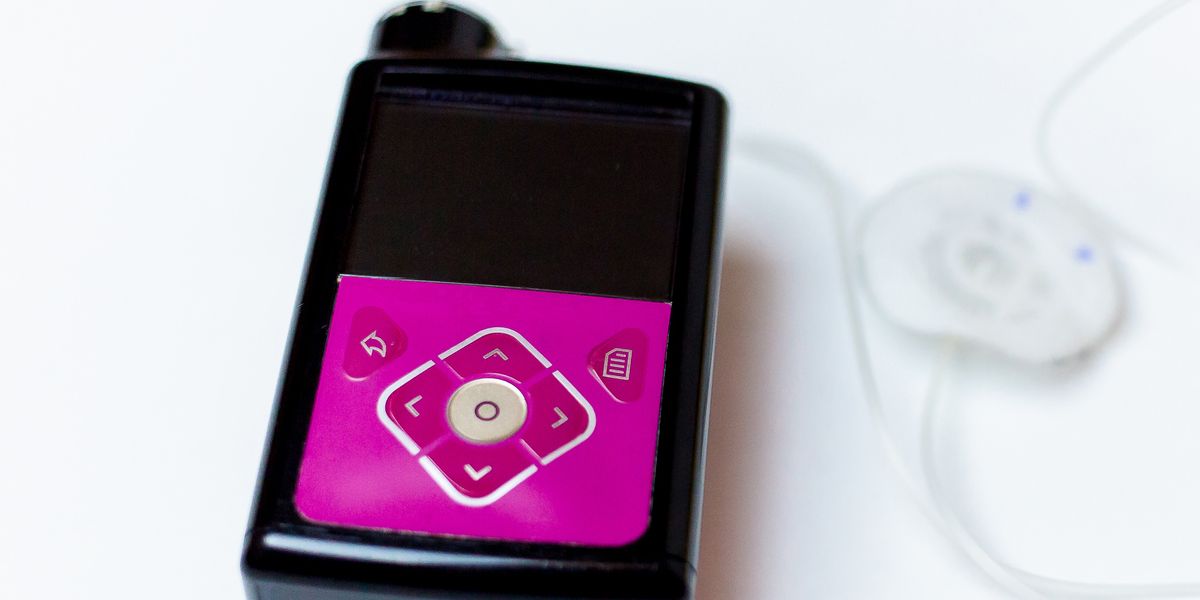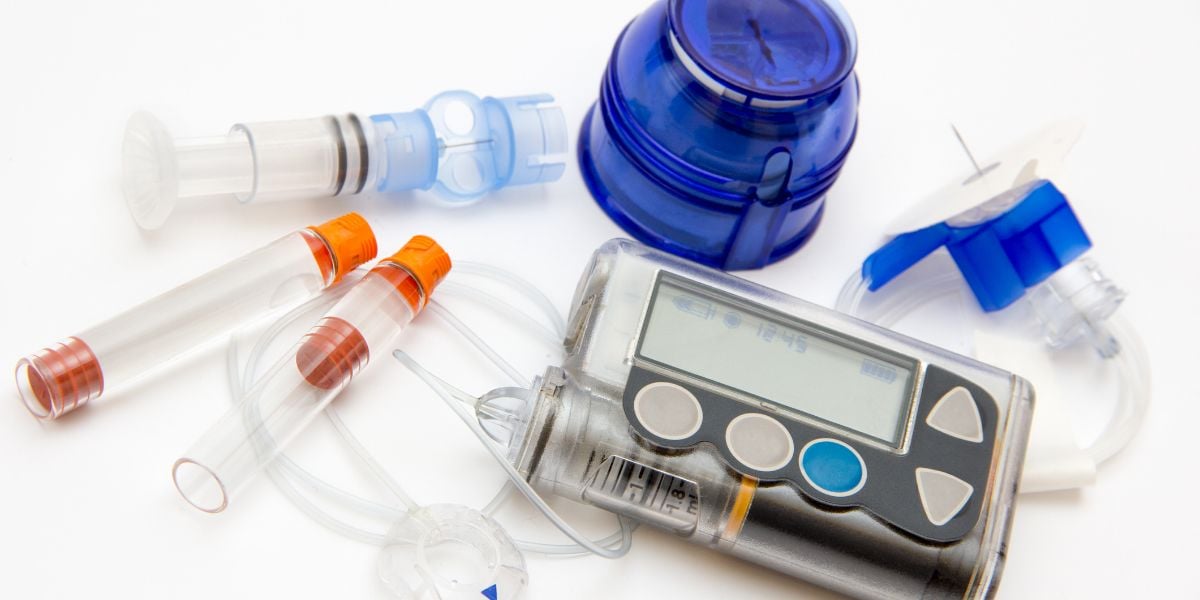When you get started on a pump, you should be given full training on how to use and get the most out of your new pump.
This guide therefore serves as an introduction to what’s involved in using an insulin pump for those wanting an insight into day to day usage of an insulin pump.
Setting up an insulin pump
The steps below serve as a guide to what’s involved in setting up a typical tethered insulin pump.
Fill the reservoir
This typically involves either drawing insulin from a vial into the reservoir or loading a new cartridge of insulin into the reservoir. It’s best to try to reduce the amount of air going into the cartridge.
Attach the infusion set
Attach the infusion set (tubing connected to a cannula) to the reservoir outlet.
Prime the pump
Priming the insulin pump is activated by pressing controls on the insulin pump which tells the pump to start moving the plunger. Priming is used to push any air out of the tubing and the reservoir
Insert the infusion set
With as much air removed from the tubing and reservoir as possible, the next step is to apply the infusion set to your body. Areas such as the abdomen (tummy), thighs, buttocks and the arms (unless very lean) are good areas to use.
Applying the infusion set involves pushing the cannula under the skin and holding it in place with an adhesive patch. Some infusion sets can be implanted with a tool to help insert the cannula smoothly and consistently.
Setting the basal rate of insulin
Insulin pumps don’t use long acting insulin , instead they constantly deliver a small amount of fast acting insulin through the day.
The basal rate can be set and changed at any time at the press of a few buttons.
Your health team will help you to set a basal rate, i.e. how much background insulin you receive each hour.
When you get used to using your pump, you should become comfortable with increasing and decreasing your basal rate to suit your needs.
Delivering boluses
Delivering a shot of insulin (bolus), to help your sugar levels cope with meals and other causes of rises in sugar levels, can also be done at the press of a few buttons.
The ease of delivering boluses of insulin , without needing to change needles each time or insert a needle, is one of the benefits of insulin pumps over injections.
Changing infusion sites and refilling the pump
Once set up, changing infusion sites and refilling the pump with insulin are two common tasks you will regularly (every few days or so) need to perform to keep yourself pumping.
Infusion sites need to be changed every few days to allow consistent delivery of insulin. Changing of infusion sites means taking out old infusion set and replacing it with a new infusion set.
A change of infusion site can take a few minutes and a bit of space to get organised but as you only need change the site every 2 to 3 days, it is usually easy enough to find a convenient time and place to do this.
When the pump begins running out of insulin, new insulin will need to be loaded into the pump, either by cartridge or by refilling the reservoir from an insulin vial (as applicable).
Advanced uses of an insulin pump
Another great thing about an insulin pump is that you have the chance to program in insulin doses to be delivered at certain times or up to several hours into the future.
Custom basal rates
Insulin pumps can be programmed to deliver different basal rates at different times of day. For example, you may need less insulin over night than you do upon waking in the morning, so your insulin pump can be set up to give a higher rate of insulin when you wake and a lower rate when you go to bed.
You can even suspend delivery of insulin if you need to, such as when playing sports, to stop your sugar levels dropping too low
Custom bolus rates
Not every meal affects our blood glucose levels the same way and insulin pumps can be set to deliver bolus doses in specific ways to cope with the different absorption and digestion rates of different foods.
As well as delivering one up front dose of insulin, pumps can also be set to deliver special doses such as delivering half of the dose up front and then delivering the second half of the dose an hour or so later, which can be helpful for managing certain foods such as pizza.




